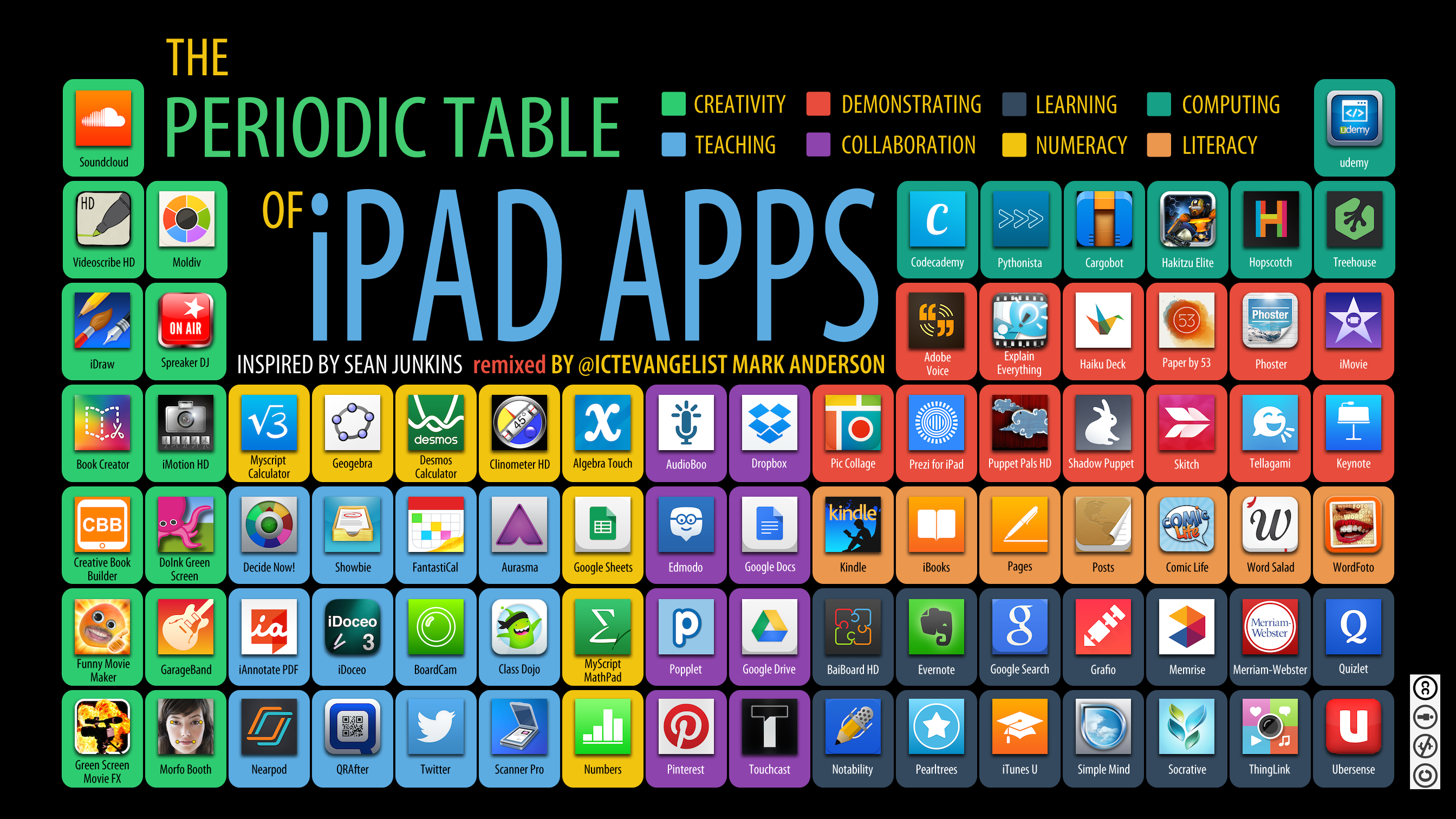I have noticed that many people don't understand how to give meaningful feedback to students; they give marks, but don't tell students how they can improve for next time. Feedback is essential for student learning, so that they understand what you as the teacher are looking for, and how they can be successful. Feedback can be given to students in a variety of ways, a few of which are listed below:
 |
| Giulia Forsythe. (2012, November 20). How will students receive feedback? [Graphic]. Retrieved from: link |
As you can see, you can give students feedback through written comments on their work, through an audio/video file with your remarks, face-to-face in a conference, and through peer editing or peer feedback. Find a method that works for you and your students, or use a variety of these methods to help students become successful through feedback.
Now that we've talked about ways to give/receive feedback, let's talk about what effective feedback includes. As I mentioned before, some people just give marks and call it a day. For example, this humourous video shows how not to assess students:
The purpose of assessment is to improve student learning. The feedback we give students should not be vague or give students the correct answer, but give students next steps so that they can be successful next time. If we simply give students the answer, they are not learning anything; we need to lead them in the right direction so that they can figure it out themselves with your guidance.
One of the biggest take-aways from assessment, is the importance of language. We need to be aware of how we give our feedback; it needs to be appropriate, unbiased, positive, and student-friendly. We need to remember that both students and guardians will be reviewing the feedback you give, so be aware of what you say, and how you say it. For example, don't be negative towards a student's answers: "John, this answer sucked, you should have multiplied instead of added the numbers. This answer was mediocre at best, try". This response was negative, unprofessional, used complex language, and gave the student the solution.
Instead, try to say something like: "John, I wonder if you could explain your reasoning for adding? I can see that you added the numbers correctly, good job". This response is positive and praises students for trying to solve the problem. It uses student friendly language, and instead of telling the student what he needed to do correctly, it asks him to explain why he chose this process.
In conclusion, I have learned a lot from this course: be positive about math, ways to differentiate in math, strategies to engage students using technology, and how to give proper feedback. Overall, I think this course has helped me to develop further as a math teacher, and I hope to put this information to good use in my next placement in a few weeks.
Thanks for following me on this journey!









